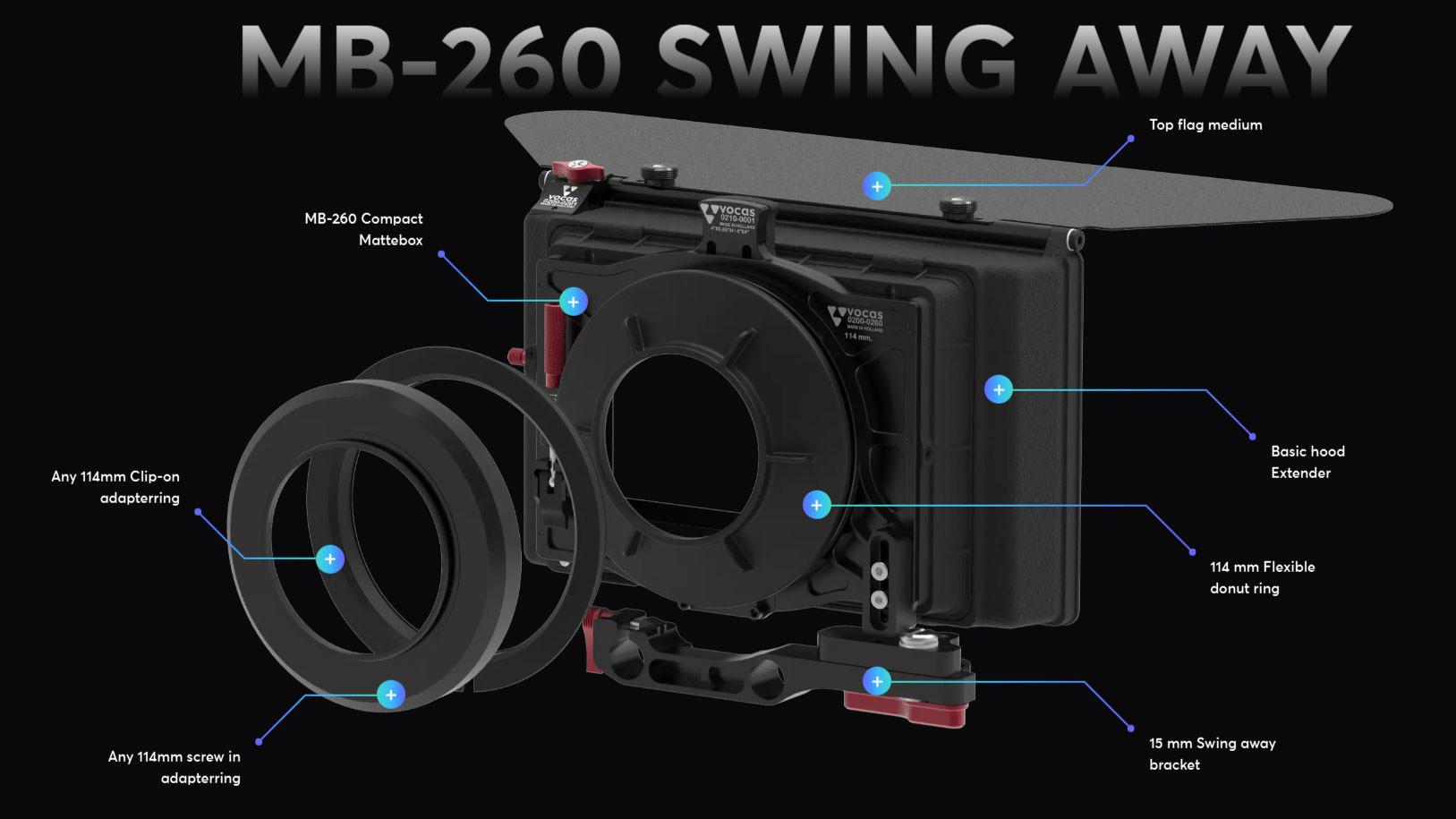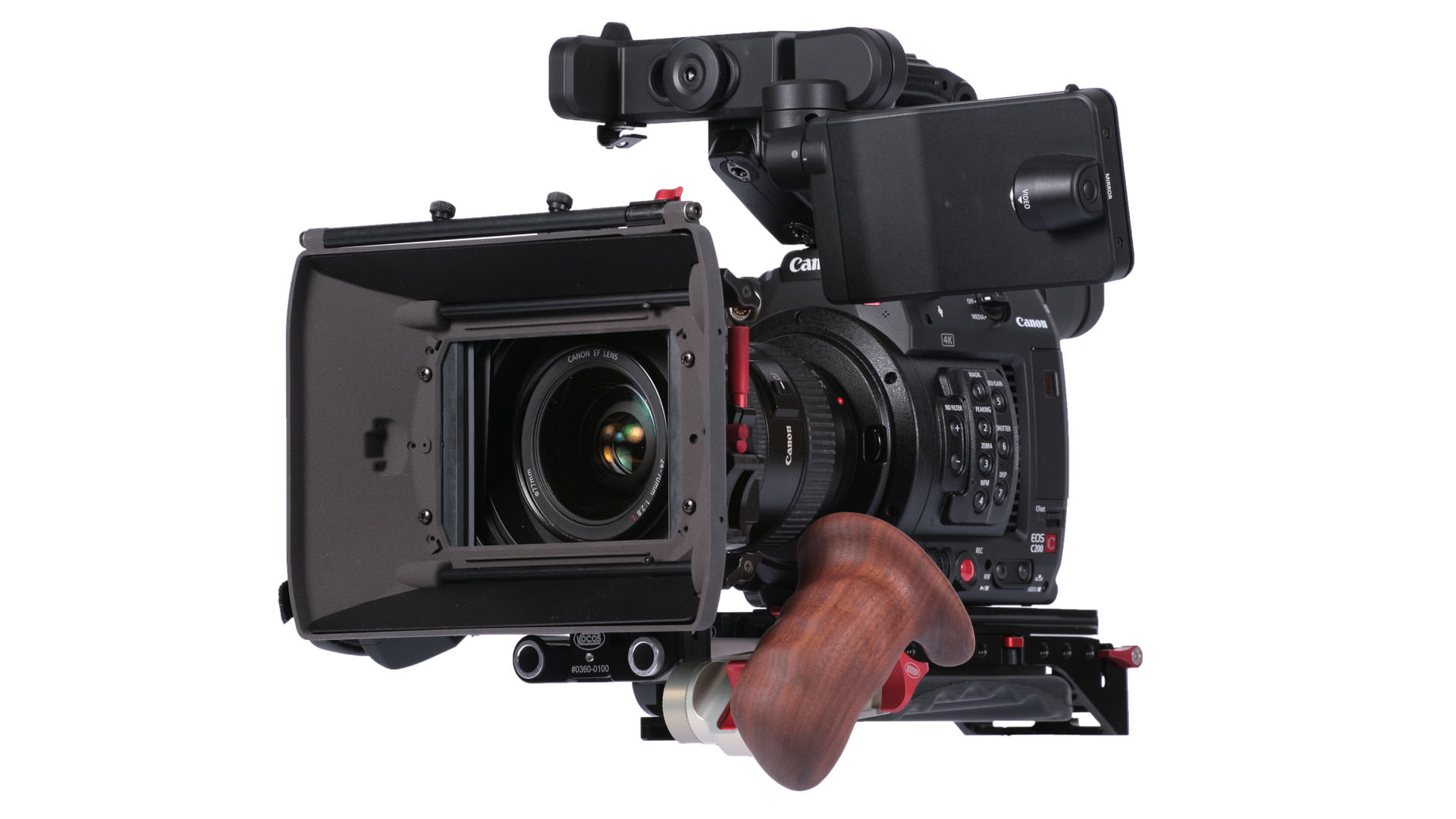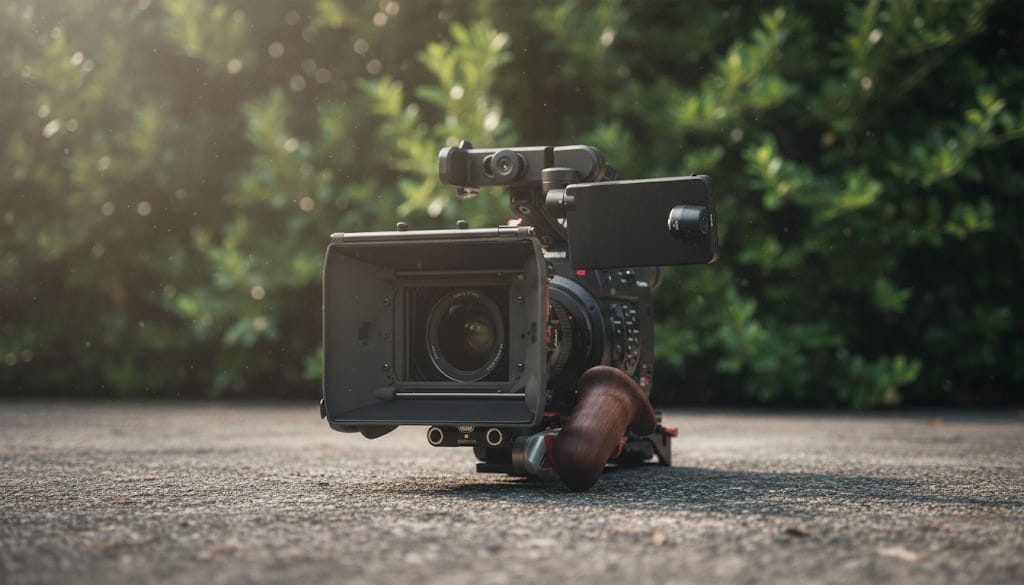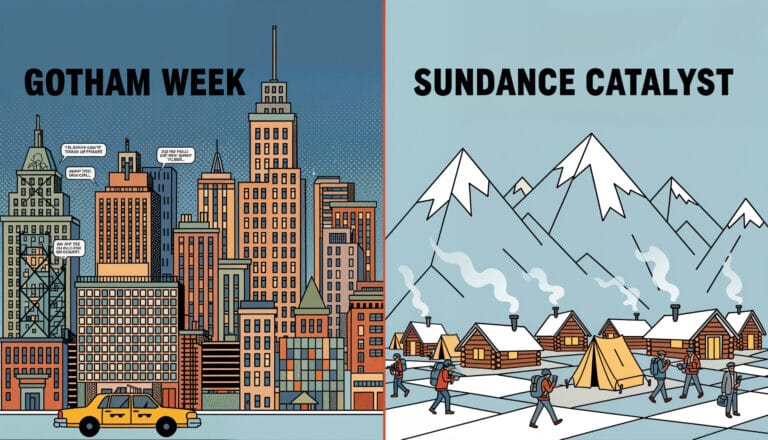- Vocas has unveiled the MB-260, its first new matte box design in nearly a decade, focusing on a compact, ultra-lightweight build.
- Key features include a two-slot 4×5.65” filter stage, a unique flexible donut ring for fast lens swaps, and a design aimed at run-and-gun filmmakers.
- This release directly addresses the industry trend of smaller camera packages needing professional, yet agile, light-control and filtration solutions.
In the world of filmmaking, there’s a constant, gravitational pull between capability and convenience. Every director of photography knows the struggle: building a camera rig that can do everything you need without becoming an immovable, monolithic beast. For years, the matte box—a critical tool for controlling light and holding filters—has often been a significant contributor to that bulk. But at IBC 2025, Dutch manufacturer Vocas unveiled a piece of gear that feels like a direct answer to the prayers of agile crews everywhere. After almost a decade, their latest design promises professional features in a package that won’t break your back, begging the question: is this the new gold standard for mobile cinematography?
The Modern Quest for Lighter Rigs
The concept of the matte box is fundamental to the craft of cinematography, serving the dual purpose of blocking stray light to prevent lens flares and holding precision optical filters. For decades, this has meant bolting a relatively large, heavy, and often cumbersome apparatus to the front of a lens. This was manageable on large studio productions with dedicated camera assistants and robust support systems like dollies and cranes. However, as camera technology has shrunk, the demand for accessories that match this new, smaller footprint has skyrocketed, creating a market hungry for innovation in this essential but often overlooked category of gear.
This trend is visible across the industry. We see it in the compact camera bodies from RED and Blackmagic that deliver stunning images, and in the powerful yet small gimbals from DJI that have become staples on sets from indie music videos to major Netflix productions. Filmmakers at festivals like Sundance are constantly pushing the boundaries of what’s possible with minimal crew and gear. They require tools that don’t hinder movement or add unnecessary setup time, forcing manufacturers to rethink traditional designs and prioritize weight and efficiency without sacrificing core functionality. The classic, heavy-duty matte box of yesterday simply doesn’t fit into the ethos of today’s lean and fast-moving production environment.
For the modern filmmaker, every gram counts. A lighter rig means less fatigue on a long shoot day, faster company moves, and the ability to use more affordable, less heavy-duty support like tripods and gimbals. It opens up creative possibilities, allowing a camera to go places a heavier setup simply couldn’t. The practical tip here is to think of your rig holistically. Before investing in a new component like the Vocas MB-260 matte box, lay out your entire desired camera package—body, lens, battery, and accessories—to understand the total weight and ensure every piece is working toward your goal of efficiency and mobility.
Unpacking the Vocas MB-260 Matte Box
Responding directly to this industry need, Vocas has introduced the MB-260, an ultra-lightweight, two-slot matte box designed for 4×5.65” Panavision-style filters. As their first new design in nearly ten years, it represents a significant evolution, born from direct feedback gathered in their Netherlands showroom. The core philosophy is clear: provide the essential features DPs rely on, but in a form factor that complements the agile nature of modern cameras. This isn’t just a smaller version of an old product; it’s a ground-up redesign focused on the specific pain points of today’s camera operators.
In a real-world scenario, the benefits of the Vocas MB-260 matte box become immediately apparent. Imagine a documentary crew shooting verité-style, needing to switch lenses in a heartbeat to capture a fleeting moment. The lightweight build makes all-day shoulder-mounted operation feasible, while its compact size ensures it balances perfectly on a gimbal without straining the motors. This is the kind of gear that can make or break a shot on a dynamic set, where speed and responsiveness are paramount. This focus on practical, user-driven design is a throughline in many modern creative tools, from hardware like this to the intuitive interfaces we explore in our Filmmaking AI courses.
The significance of this release extends beyond just one product. It’s a clear signal that established manufacturers are listening to the indie and owner-operator market. By prioritizing lightweight materials and smart, streamlined features, the Vocas MB-260 matte box empowers filmmakers to achieve a cinematic look without the burden of a cinematic-sized crew or support package. A practical tip for anyone considering this tool is to pair it with a set of modern, compact prime lenses. This synergy maximizes the weight savings and ensures your entire front-of-camera setup is as light and efficient as possible.

Innovation in the Details: The Flexible Donut
One of the standout features of the new Vocas MB-260 matte box is its innovative flexible donut ring. Traditionally, adapting a matte box to different lenses required a collection of hard-matted rings, or “donuts,” each specific to a certain front-diameter lens. This meant carrying extra parts, spending precious seconds on set swapping them out, and risking a light leak if you didn’t have the exact right size. Vocas’s flexible donut replaces this entire system with a single, adaptable solution that creates a light-tight seal around a wide range of lens sizes.
Consider a corporate videographer on a two-camera interview shoot. They might be using a 24-70mm zoom on one camera and an 85mm prime on the other, each with a different front diameter. With the flexible donut, moving the matte box between these cameras is instantaneous, with no need to fumble for extra parts. This level of efficiency is a game-changer, mirroring the kind of workflow optimization that AI-powered tools are bringing to post-production, a concept we dive deep into in our AI Render Pro guide. It’s a simple, elegant solution to a long-standing on-set annoyance.
Ultimately, this seemingly small innovation matters because it removes a point of friction from the creative process. By saving time and reducing the amount of kit a filmmaker needs to carry, it allows them to stay focused on what’s important: the story and the performance. It’s a testament to a design philosophy that understands the realities of modern production. The practical tip here is to periodically inspect and clean the flexible donut. Wiping it down with a damp cloth will prevent dust and grit from compromising the seal and ensure it maintains its flexibility and grip over years of use.
Internal Links for Further Learning
- Veo & Flow for Cinematic Realism
- Midjourney Mastery: Unlocking Cinematic Visuals with AI
- Generative AI Made Easy with AI Render Pro

Conclusion
The Vocas MB-260 matte box arrives not as a revolution, but as a smart, timely evolution that perfectly captures the zeitgeist of modern filmmaking. It’s a tool built on the principle that professional quality and on-set agility should not be mutually exclusive. For the solo operator, the documentary filmmaker, the gimbal specialist, or any creative who values a nimble workflow, this lightweight powerhouse is a compelling new option that proves the best gear is often the gear you forget you’re carrying.
Ready to integrate smarter, faster tools into your creative process? Explore how AI is reshaping post-production with our in-depth guide to AI Render Pro and transform your workflow today.
Here is the direct link to the product itself.
https://www.vocas.com/vocas-mb-256-matte-box.html
FAQ
What is the primary purpose of a matte box?
A matte box serves two main functions: it blocks unwanted light and lens flares from hitting the lens using its hood or “flags,” and it provides a standardized system for holding one or more optical filters (like ND or polarizers) in front of the lens.
Is the Vocas MB-260 matte box compatible with any camera and lens?
The MB-260 is designed to be highly compatible. It uses the standard 4×5.65″ filter size and can clip directly onto lenses. Its flexible donut ring accommodates a wide range of lens front diameters, making it suitable for a vast majority of cinema and photography lenses used in professional video production.
How does a lightweight matte box improve a filmmaker’s workflow?
A lightweight matte box reduces overall camera rig weight, which lessens operator fatigue during handheld or shoulder-mounted shots. It also makes balancing the camera on gimbals, jibs, or Steadicams easier and allows the use of lighter, more portable tripods, ultimately speeding up setups and company moves on set.
Discover more from Olivier Hero Dressen Blog: Filmmaking & Creative Tech
Subscribe to get the latest posts sent to your email.













